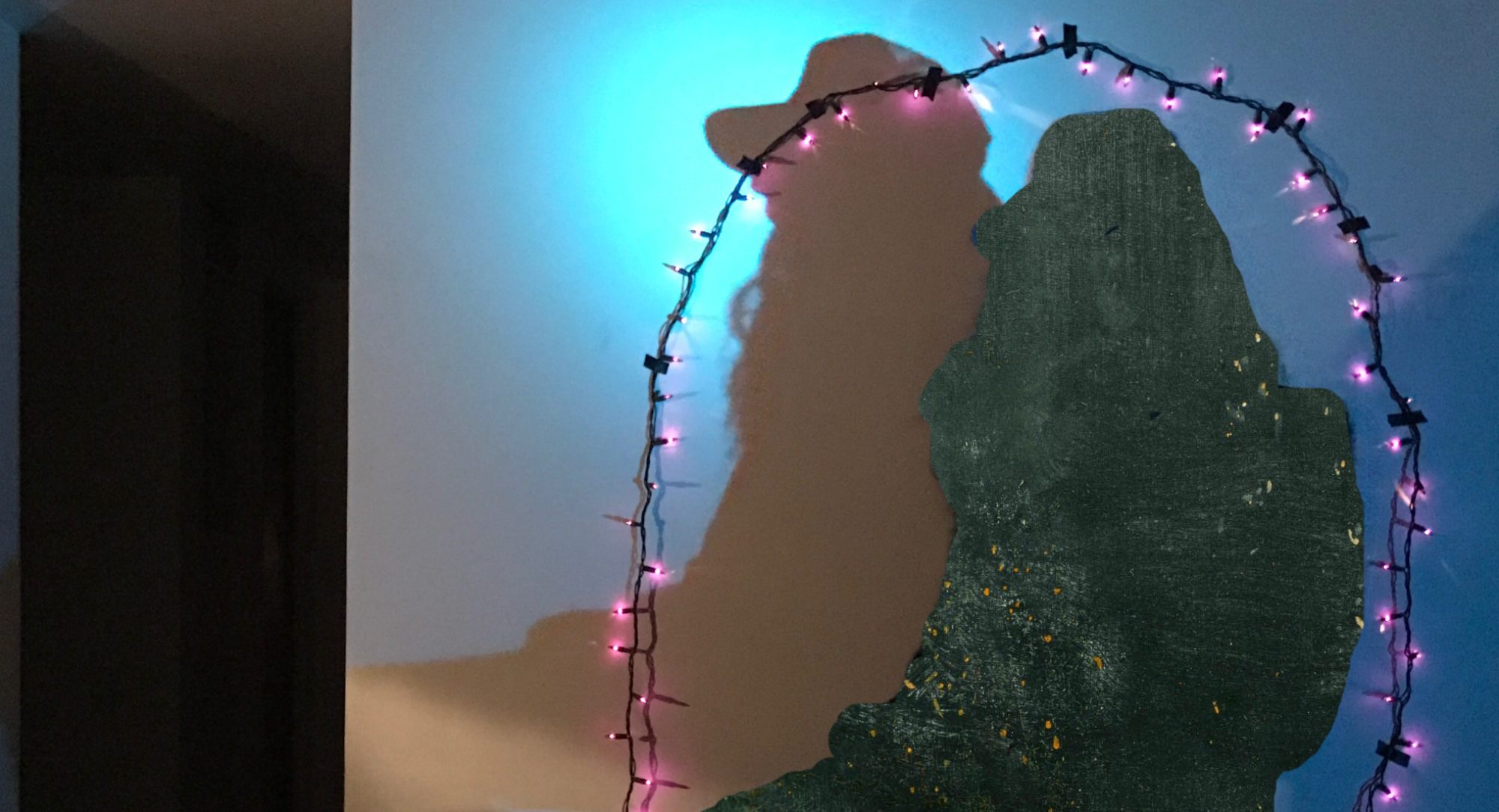I had no idea what I was doing.
I had been a fan of film and one of those annoying people that had a lot of opinions on what was good. So when I decided to put my money where my mouth was, I didn’t know where to begin. I wanted to make a short film. Something I could make with a small but reasonable budget. I also wanted to make something unique, a little weird, and conceptual. Something that didn’t fit into a prescribed formula.
I wrote a script and then stared at it, trying to imagine it playing across the movie screen of my mind. I couldn’t picture it.
Storyboarding can seem like a waste of time especially for a short film. Making a video storyboard with actual dialogue and music is a certain waste of time. Right?
I made a video storyboard for my first short film because I had a hard time understanding what I wrote in the script. I had a hard time picturing how it would play out. I also had a hard time communicating the concept to my friends.
I wanted a chance to see what it would look like before spending the time and money. In the end, it also helped me communicate my idea with the director, cast, and crew.
Don’t Worry about the Drawings
I am not an artist and I did not want to spend the time to make high-quality storyboards. I drew them as fast as I could, focusing on framing and character placement.
I drew one step up from stick-figures with bad extra details to distinguish them like a mustache. Here’s a picture what they looked like:

I also was not interested in doing a total animation or anything getting close to that. I limited the number of frames to get a sense of the pacing and framing without going overboard. For the 10-minute short film, I drew about 40 frames. I drew them in a small notebook and took photos with my phone. I then uploaded the photos to my computer. I was half-way done. Sort of.
Use a basic Video-editing Program
Again, I didn’t have any interest in spending too much time on making a video storyboard, especially since it was a rapid prototype.
I used a simple film-editing program called Filmora. I had some experience using it for family vacations and quick video experiments. It was very easy to line up the photographs, adjust the length of time they were on the screen, and tweak it.
Once the project was set up it was very easy to tweak it, taking frames in and out, and testing out ideas.
Record Actual Video or Take Photographs to See How They Fit with the Storyboard
I had an idea for a cool intro that I could not translate into stick-figure drawings. So I grabbed my cell phone and started shooting. I also took a few photographs of locations. You could draw over the photographs but I didn’t bother. I inserted the video and photos with the stick drawings to help flesh out the idea of the short film. It helped me to see how the final film would look.
Record Your Voice Reading the Dialogue
I hate the sound of my own voice, it sounds even worse reading a script I wrote. You got to do it though. I recorded myself reading the script. I’m not an actor, but I did have some ideas of how the actors should say the lines and the pacing.
Reading aloud is a good idea anyway because you end up finding typos and style errors. You also get a sense of how the dialogue sounds. This is a common technique used with screenwriters to test how the dialogue sounds.
For the short film, I had some different ideas about the dialogue and pacing. By recording it, I could test it and see if it sounded good. I used the basic voice recorder that comes with iPhone and uploaded it to my computer. I then used the film-editing program to chop up the recording and time it with sections of the video. You might be thinking this is a lot of work. Yes it is. But it’s a lot cheaper and faster than finding out on the day of filming that the dialogue sucks.
Test out Music Ideas
I love a movie with good music so I had some definite ideas for what I wanted. I plugged in some songs from Aphex Twin, the ambient selections album, into the video storyboard. It was awesome to hear the music, the dialogue and see my stick figure drawings. I thought the film might not be so bad after all.
I also had some specific ideas for sound effects although those did not turn out so well. I inserted some birds chirping and the sound of water splashing that sounded too forced. Some of the sounds I recorded using my phone. Sure the sound quality was bad but that was alright because it was easy to tweak. I could lower the volume or take it out altogether.
I Got Over my Embarrassment
I was reluctant to share the video storyboard with anybody because it looked cheesy. I hated the sound of my own voice. At first, the storyboard was discouraging. My crummy drawings, funny sound effects, and bad video editing all made it seem like a waste of time.
I let it sit for a week and when I watched it again, it could see the potential. I got over the embarrassment of sharing it and it was helpful in communicating my ideas in a coherent way.

The video storyboard and the final film have many key differences. The director, Matt Genesis, changed scenes and we cut lines. The story had also changed a little bit. In the end, the video storyboard helped so much that I am going to do it again with our next project.
